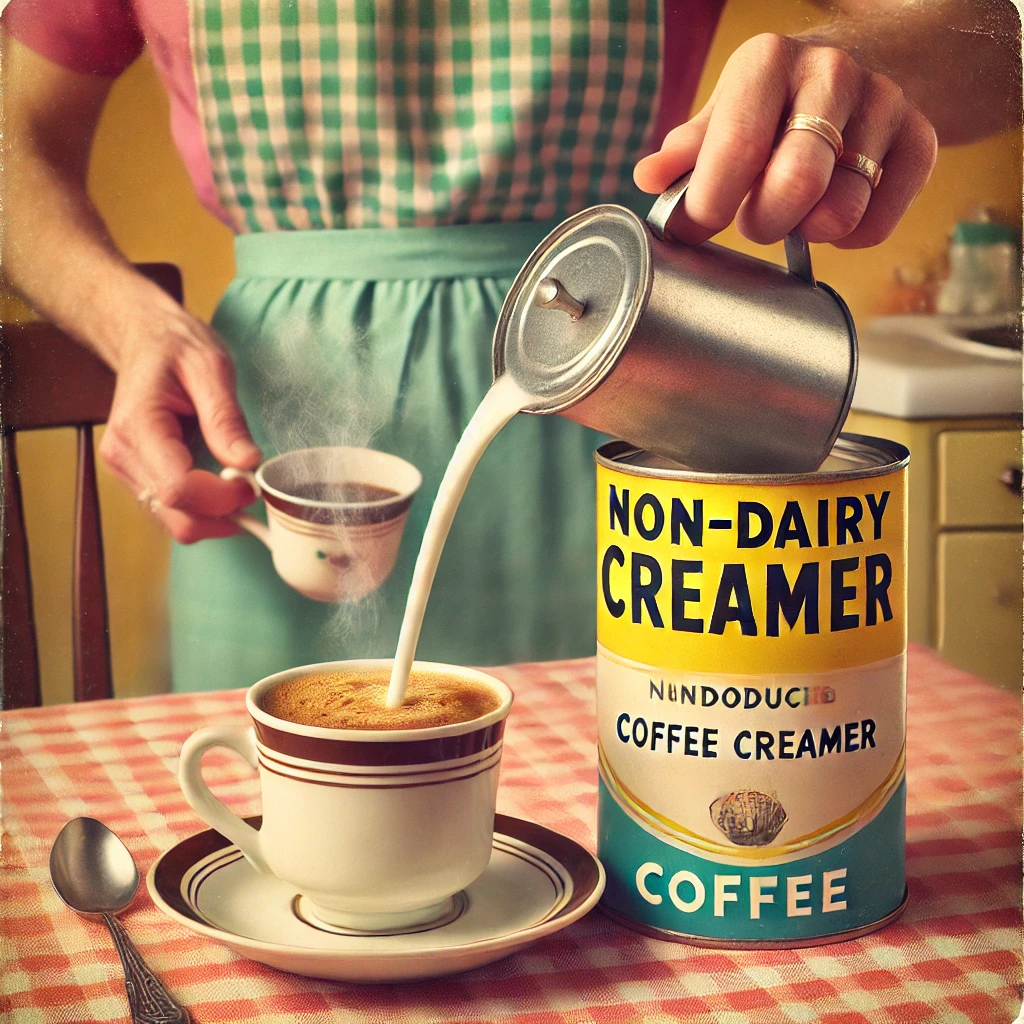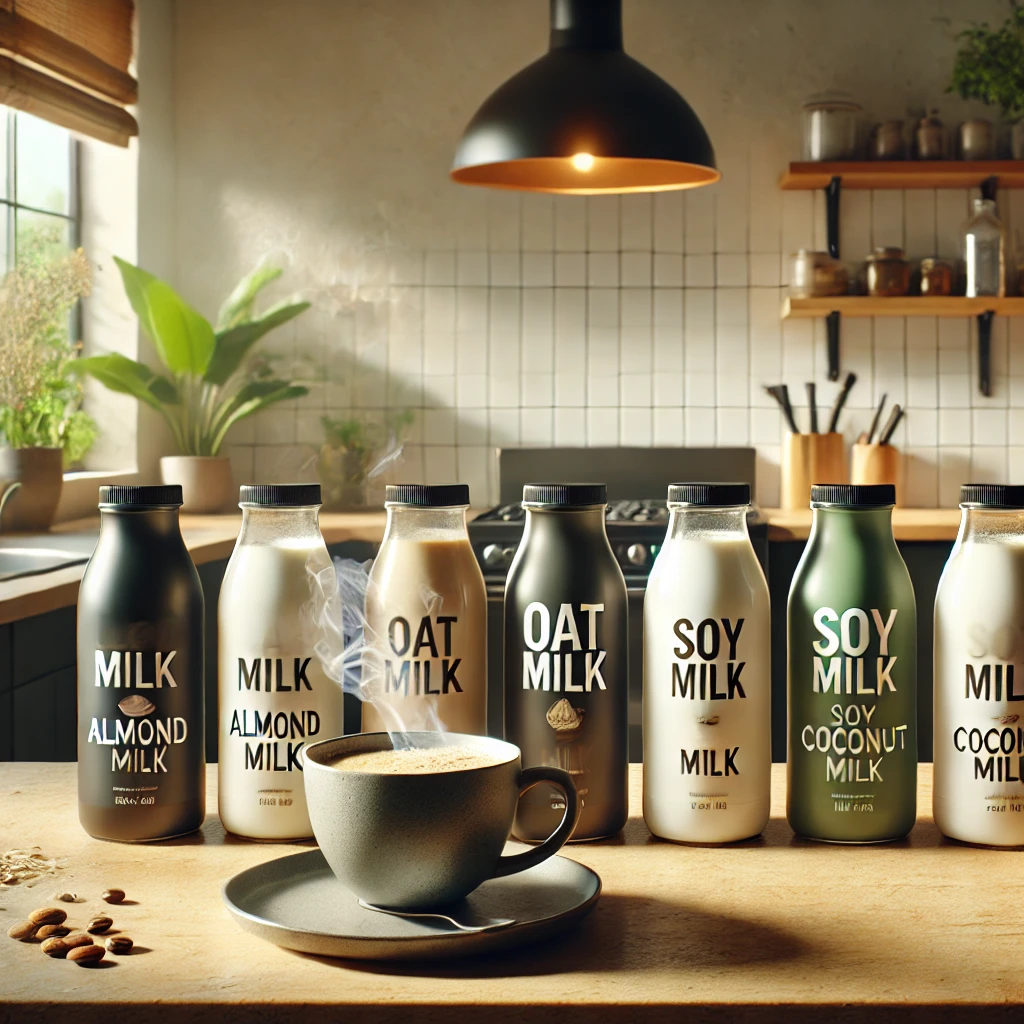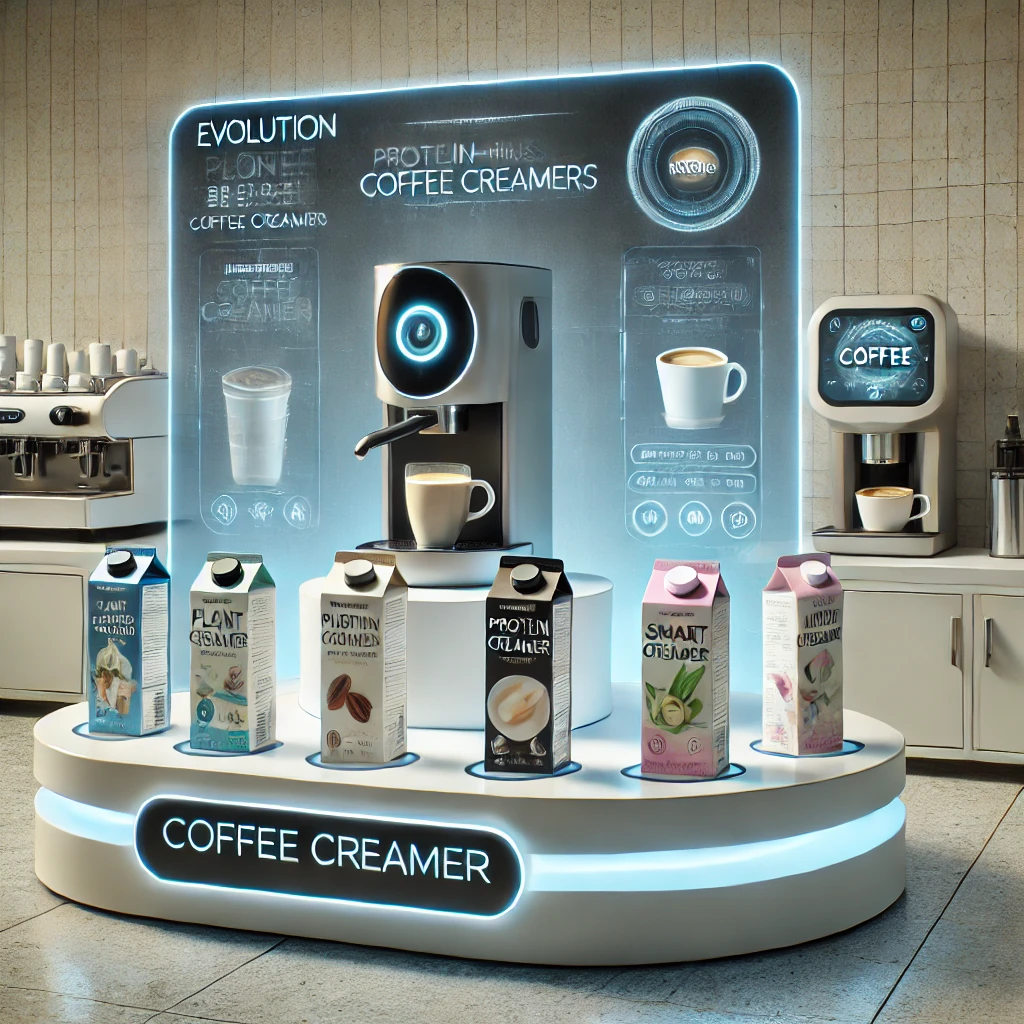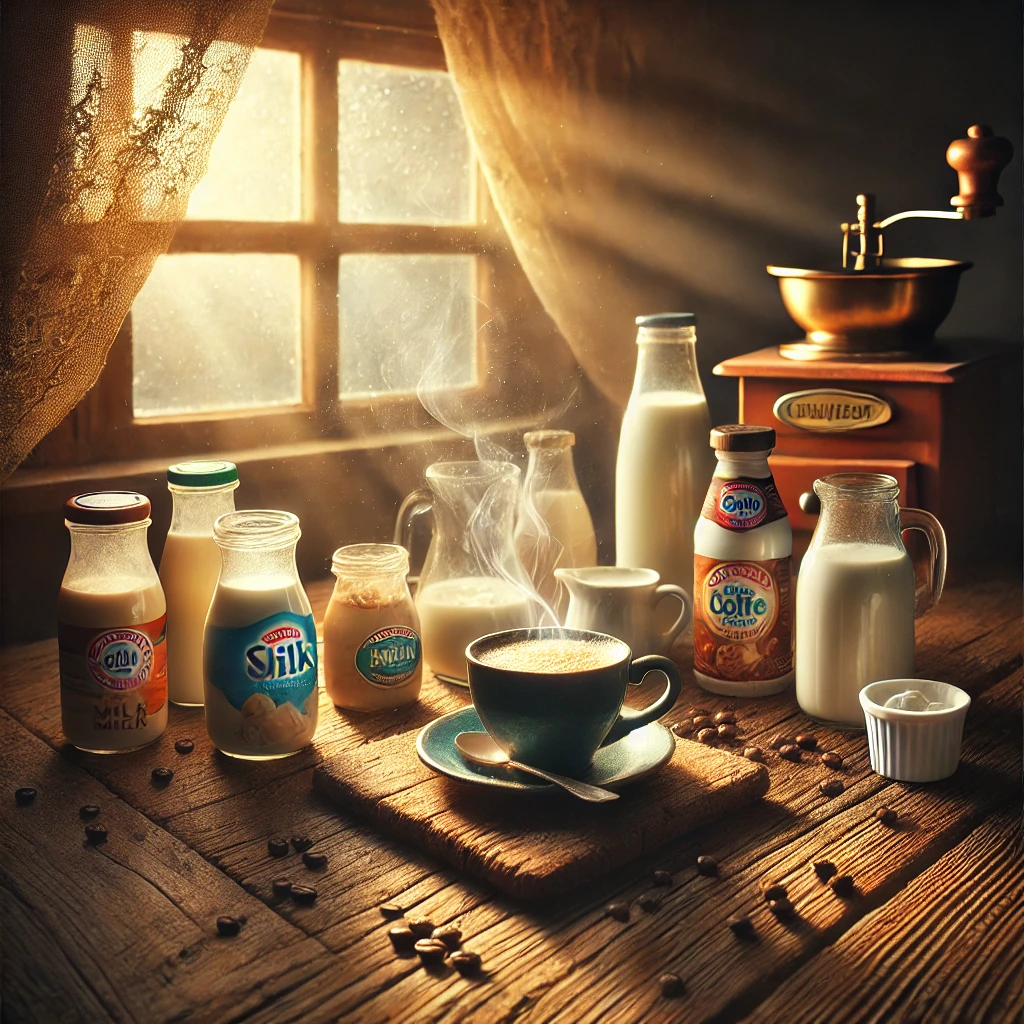
For many coffee lovers, the addition of creamer is an essential part of their daily routine. Whether it’s a splash of milk, a swirl of flavored creamer, or a dairy-free alternative, the use of coffee creamer has evolved significantly over time. But where did this trend begin, and how did coffee creamer become a multi-billion-dollar industry? Let’s explore its fascinating history.
The Early Days: Milk and Cream

Historically, coffee drinkers softened the bitterness of their brew with dairy products. In the 17th and 18th centuries, European coffeehouses often served coffee with milk or cream, a tradition that continued in American households. Adding dairy not only smoothed the flavor but also helped preserve the coffee’s heat for longer periods.
The Birth of Non-Dairy Creamers

The mid-20th century saw a revolution in the coffee industry with the invention of non-dairy creamers. In 1950, Carnation introduced the first commercially available powdered creamer, transforming coffee habits in the U.S. and beyond (Wikipedia article). This was a game-changer for those who were lactose intolerant or sought a more shelf-stable alternative.
The Rise of Flavored Creamers

The 1980s and 1990s ushered in a new wave of innovation in coffee creamers. Brands like Coffee-Mate and International Delight introduced a variety of flavors, including hazelnut, French vanilla, and caramel macchiato, appealing to a growing audience of coffee enthusiasts. This era coincided with the rise of specialty coffee shops, further influencing consumer preferences (Let’s Talk About: Alternative Milk).
Health Trends and Dairy-Free Alternatives

As health-conscious consumers emerged in the 2000s and beyond, the demand for plant-based and low-calorie alternatives grew. Brands responded by launching almond, oat, soy, and coconut milk-based creamers. In recent years, companies like Califia Farms and Silk have dominated the market with their dairy-free innovations (9 Healthy Coffee Creamer Substitutes).
The Future of Coffee Creamer

Today, the coffee creamer industry is worth over $5 billion, with new trends focusing on functional creamers infused with collagen, MCT oil, and adaptogens. With consumer preferences evolving, the market continues to expand, offering more choices than ever before.
Conclusion

The journey of coffee creamer from simple dairy additions to an expansive industry reflects the evolving tastes and lifestyles of coffee drinkers worldwide. Whether you prefer a traditional splash of cream or an innovative plant-based alternative, coffee creamer remains an integral part of the coffee experience. As trends continue to shift, one thing is certain—coffee lovers will always seek new and exciting ways to enhance their daily brew.





